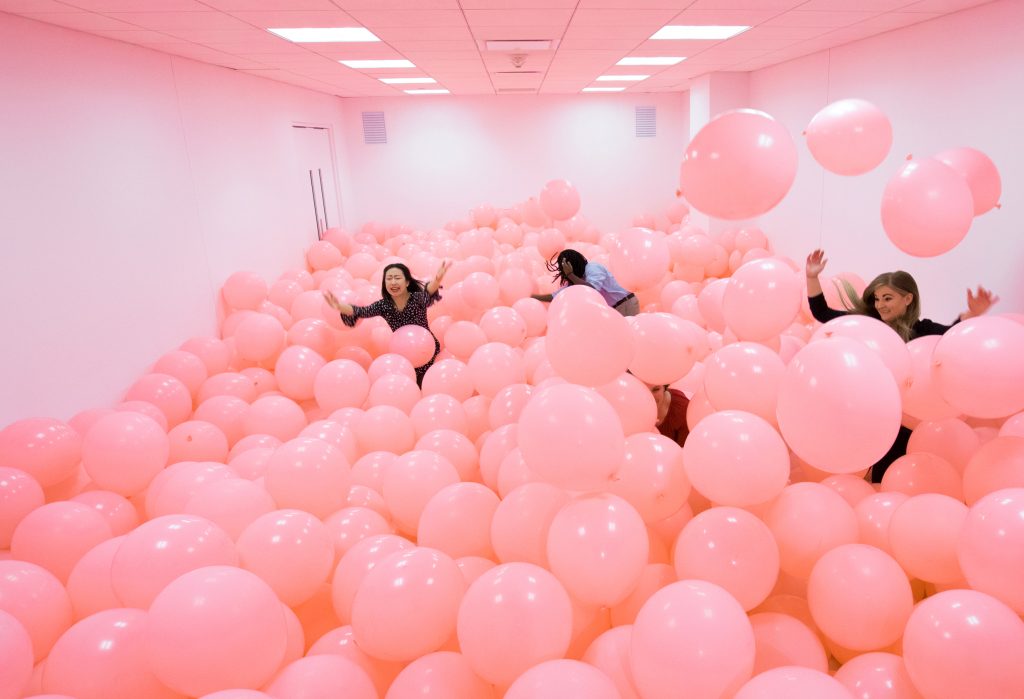So I’m cosplaying as Lucina from Fire Emblem Awakening. It’s probably my favorite in the Fire Emblem franchise. She’s also playable in the Super Smash Bros. so she’s probably a little more widely known.
Today I’m cosplaying as old Luke from The Force Awakens.
My name is Tritemare and I’m the Kigurumi King. I’m a Twitch broadcaster of three years, and this is my costume and character.
My character’s name is Mei. She is from the game Overwatch. She was a scientist and she was cryogenically frozen because of an accident that happened. And I like her because she’s just so bubbly. She’s so happy and she’s ready to take on the world.
My character is from the game Overwatch. It’s a fun first-person shooter game. She’s also a female gamer—a Korean female gamer. And since Korean female gamers kinda get a lot of hate and a lot of sexism and stuff, like, it’s really cool to have a character that exists that, you know, represents something that could be.
It’s something that you can’t do anywhere else. You can’t go and dress up as your favorite character and walk out . . .
I went to Dunkin’ Donuts this morning and people were staring at me like I was nuts!
Well, it’s overall something that sets you apart. And it’s another way to make yourself unique.
Instead of being the shy person that fixes computers, I can run around and say, nerf this!
She’s very shy normally. Like, this is the most I’ve heard her speak in, like, ten years.
I’m very specific with my work now. Like, my gloves took me eleven hours to make, my shirt took me about seventeen.
Everyone has the pose they come with and that’s the character they embody. So when someone asks me for a picture, I do that scene at the end when he pulls his hood off and gives Rey that dopey look.
Return to the video.




